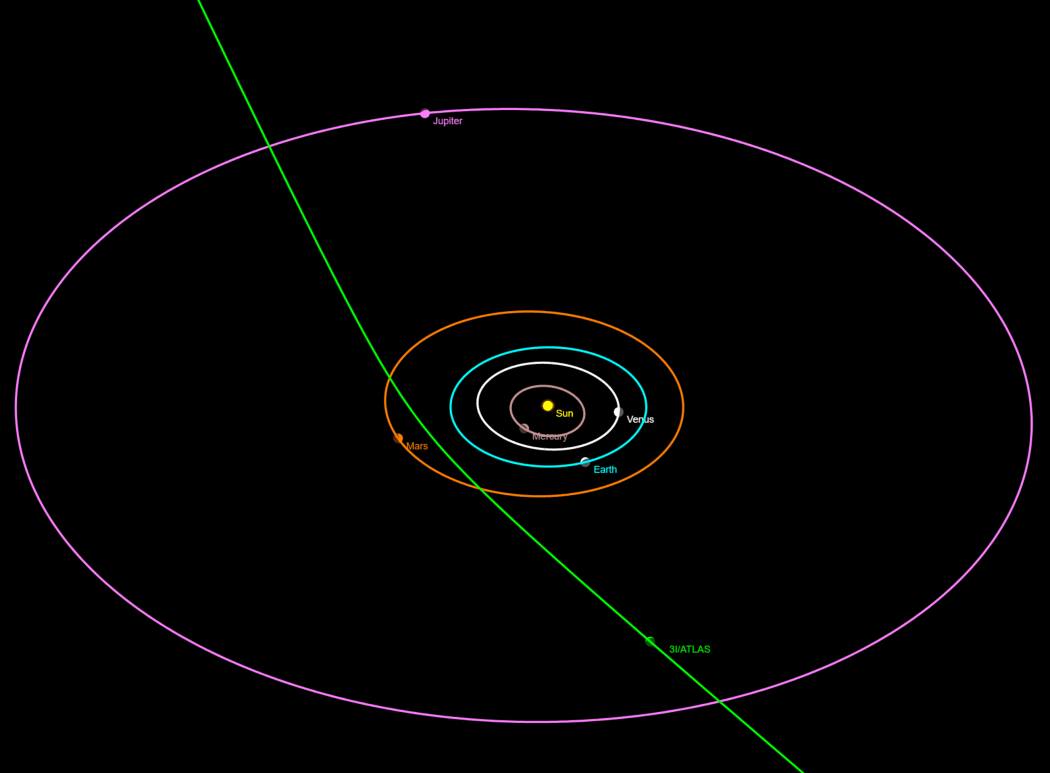
Gangtok, June 4 : A massive interstellar object, designated 3I/ATLAS, has entered our solar system and is set to make close approaches to Mars and Earth later this year. The object, estimated to be 12 miles wide and traveling at a staggering 150,000 mph, is confirmed to have originated from outside our solar system—only the third such visitor ever detected.
No Threat to Earth, But a Rare Cosmic Event
Astronomers tracking 3I/ATLAS confirm it will safely pass by Mars in October and Earth in December, posing no danger to our planet. However, its sheer size and speed mean that if it were on a collision course, the impact would be catastrophic.
Key Details About 3I/ATLAS
* Interstellar Origin – Unlike most comets and asteroids, this object comes from another star system, making it an extraordinary scientific opportunity.
* Record-Breaking Speed – At 150,000 mph, it outpaces any human-made spacecraft.
* Hyperbolic Trajectory – Its path indicates it will slingshot around the Sun and exit our solar system, never to return.
Why This Matters

The arrival of 3I/ATLAS provides astronomers a rare chance to study material from another star system up close. Previous interstellar visitors, like ‘Oumuamua (2017) and Comet Borisov (2019), offered limited observation windows, but this object’s larger size and earlier detection allow for more detailed analysis.
While some online discussions have playfully speculated about extraterrestrial origins, scientists emphasize this is a natural (albeit fascinating) space rock.
* October 2025 – Closest approach to Mars.
* December 2025 – Flyby near Earth (safe distance).
Researchers worldwide are preparing telescopes to capture as much data as possible before 3I/ATLAS continues its journey into deep space.





